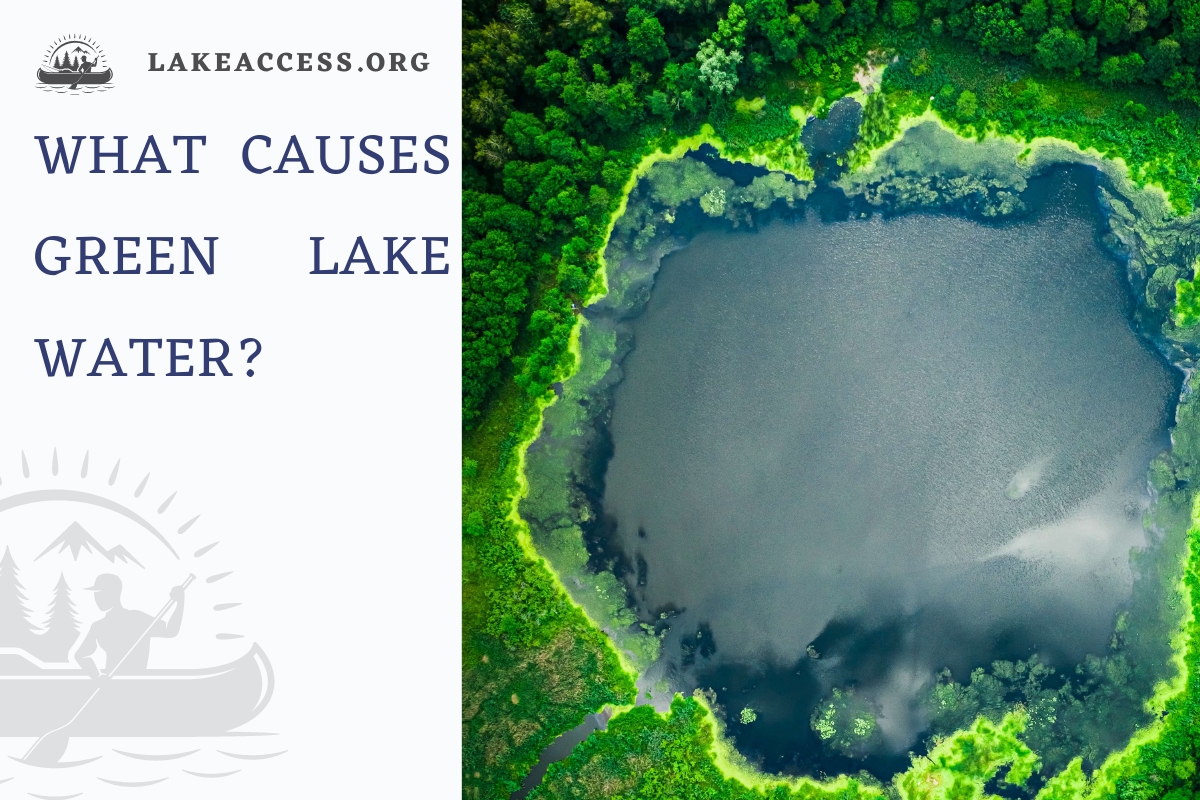The green color of lake water comes from tiny organisms like algae and phytoplankton. These organisms use sunlight to make food and release oxygen into the water, which is essential for other creatures. They also show us how healthy the water is by changing their numbers based on factors like temperature and nutrients.
These tiny creatures are at the bottom of the food chain, getting eaten by smaller animals, which then get eaten by bigger ones. So, their presence affects the whole ecosystem. The green color not only looks nice but also tells us a story about the balance of nature and how even small things can have a big impact.
Algae Bloom: The Main Culprit Behind Green Waters
Algae blooms are a frequent natural phenomenon in lakes, particularly during the year’s warmer months. These blooms involve the rapid and excessive proliferation of algae, which can transform the water into a striking and vibrant shade of green. The intensity of this green coloring is influenced by the specific types of algae present and their density in the water.
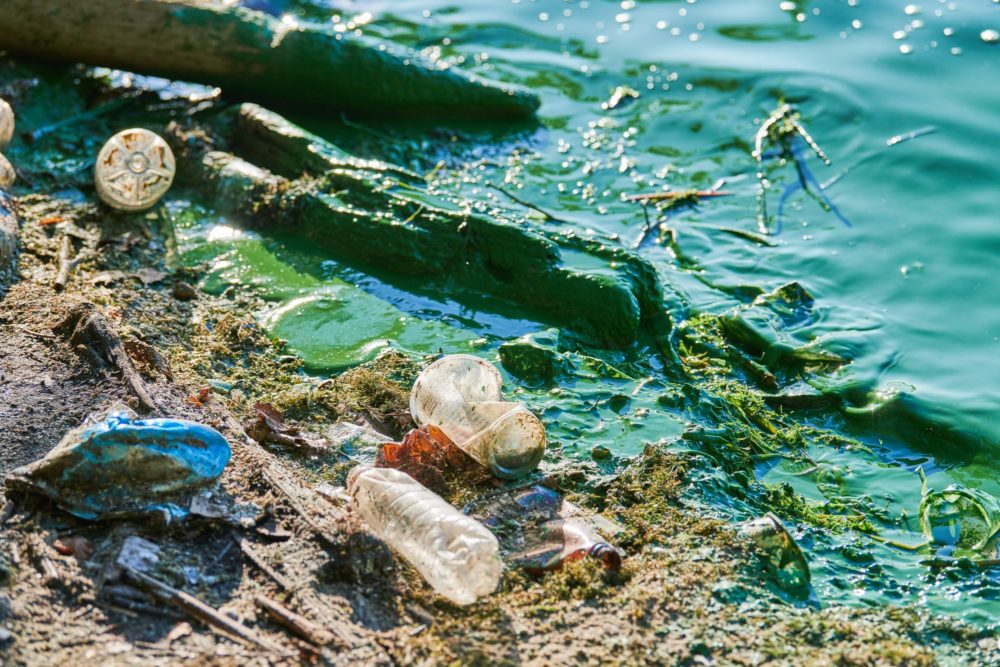
The Significance of Phytoplankton in Color Transformation
Phytoplankton, minute organisms resembling plants that drift near the water’s surface, play a significant role in contributing to green coloration. These organisms contain pigments, such as chlorophyll, which absorb sunlight to carry out the process of photosynthesis. The interaction of light with these pigments results in the characteristic and picturesque green tint that we observe in the water.
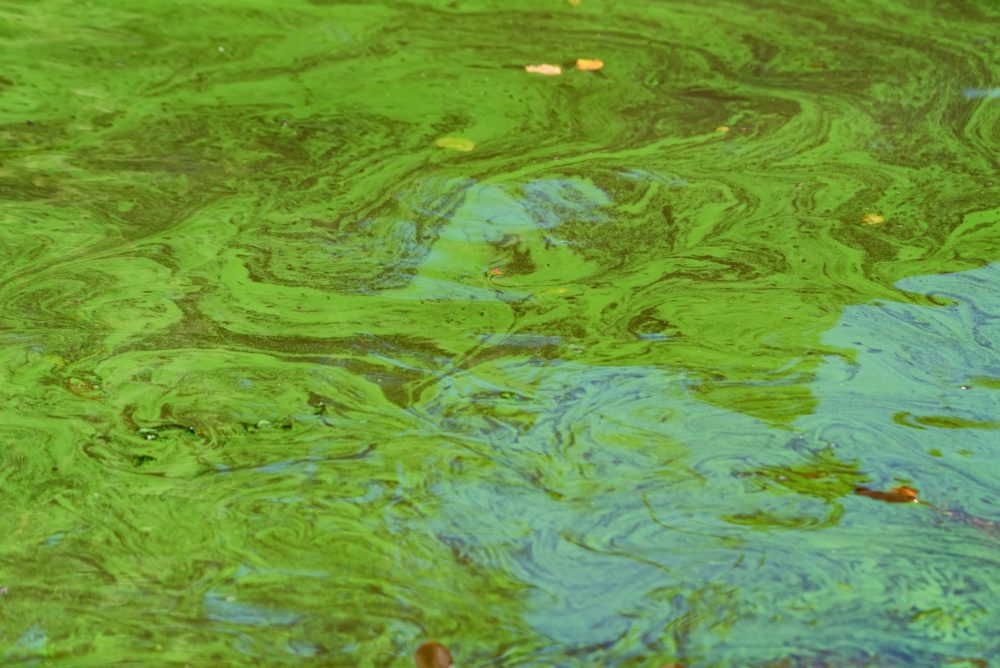
Nutrient Enrichment: Powering the Phenomenon of Green Waters
Nutrient enrichment, primarily from human activities like agriculture and urban development, can trigger the excessive growth of algae and phytoplankton. The influx of essential nutrients, including nitrogen and phosphorus, essentially acts as nourishment for these organisms, leading to an intensified green appearance of the water body.
Impact of Human Activities on Water Coloration
Human-driven activities, such as deforestation, urban runoff, and industrial pollution, can introduce sediments and pollutants into lakes. These factors can potentially modify the water’s clarity and color, thereby contributing to the distinct green appearance and, consequently, affecting the aquatic ecosystem.
The Interplay of Light and Reflection
The intricate relationship between light and water plays a pivotal role in shaping our perception of color. The penetration of sunlight into the water and its subsequent reflection off the water’s surface combine to heighten the visibility of green tones, creating captivating visual spectacles that capture our attention.

Revealing the Influence of Minerals
Minerals found within the lake bed and surrounding rocks also play a role in determining watercolor. Certain minerals have the ability to dissolve in water, subtly infusing varying shades of green into the lake’s overall appearance. This intricate interplay between the mineral composition and the prevailing lighting conditions results in a dynamic and ever-changing display of colors.
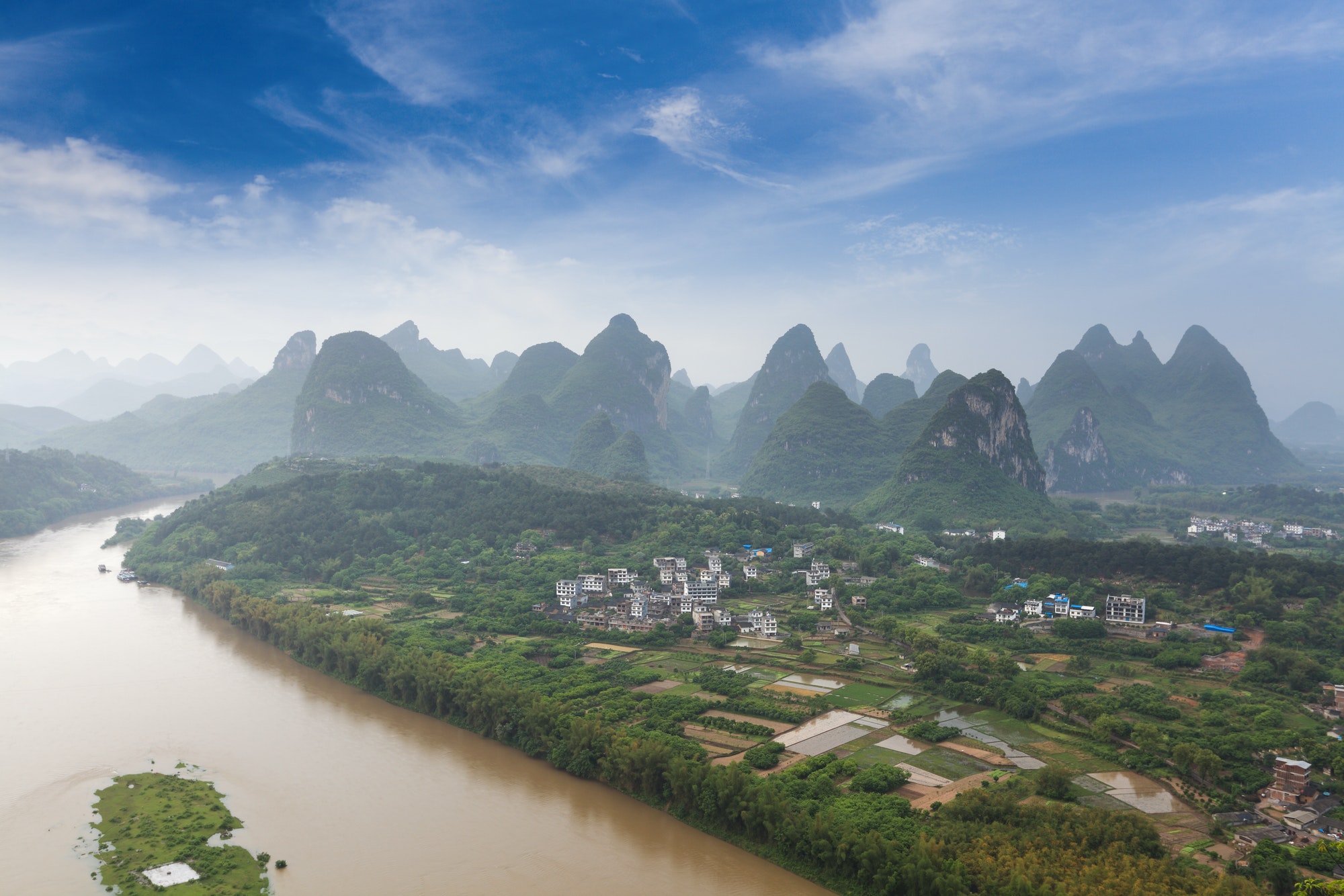
How do you prevent algae in a lake?
- Disinfection of Wasted water:
Disinfection and tertiary treatment to remove components such as nitrogen and phosphorus through processes such as nitrification and eventual sludge treatment is required to avoid overfeeding major water sources such as rivers, lakes, oceans, and streams.
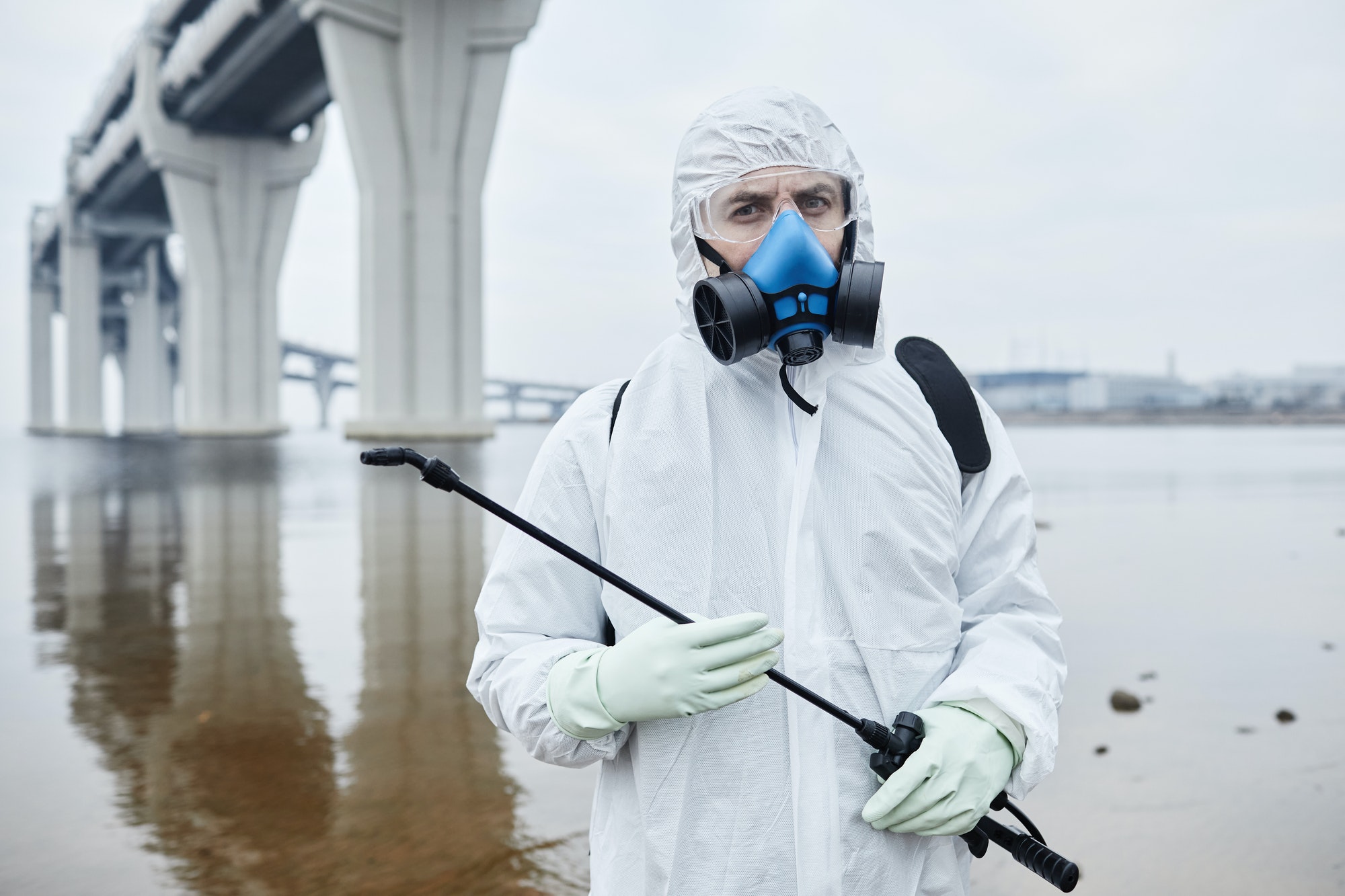
- Use of Hydrogen peroxide:
Hydrogen peroxide has been shown to be an effective treatment for algal blooms. This is appropriate for smaller bodies of water, such as large ponds or small lakes, to allow for easy monitoring of the compound’s impact as well as aquatic life.

- Prefer Non-toxic Cleaning supplies:
Use non-toxic, phosphate-free detergents, soaps, and household cleaners at home and when washing your car. Use a small amount of detergent or soap; more is not always better. Choose the appropriate load size for your washing machine. Run your washing machine or dishwasher only when you have a full load.

- Climate change awareness:
Increasing temperatures and rapidly changing weather patterns are critical factors in the growth of algae in lakes. We need to spread awareness about climate change. Decrease petrol and diesel use. Use of Clean sources of energy like wind energy, Solar energy Etc. It is better for our environment and our world.
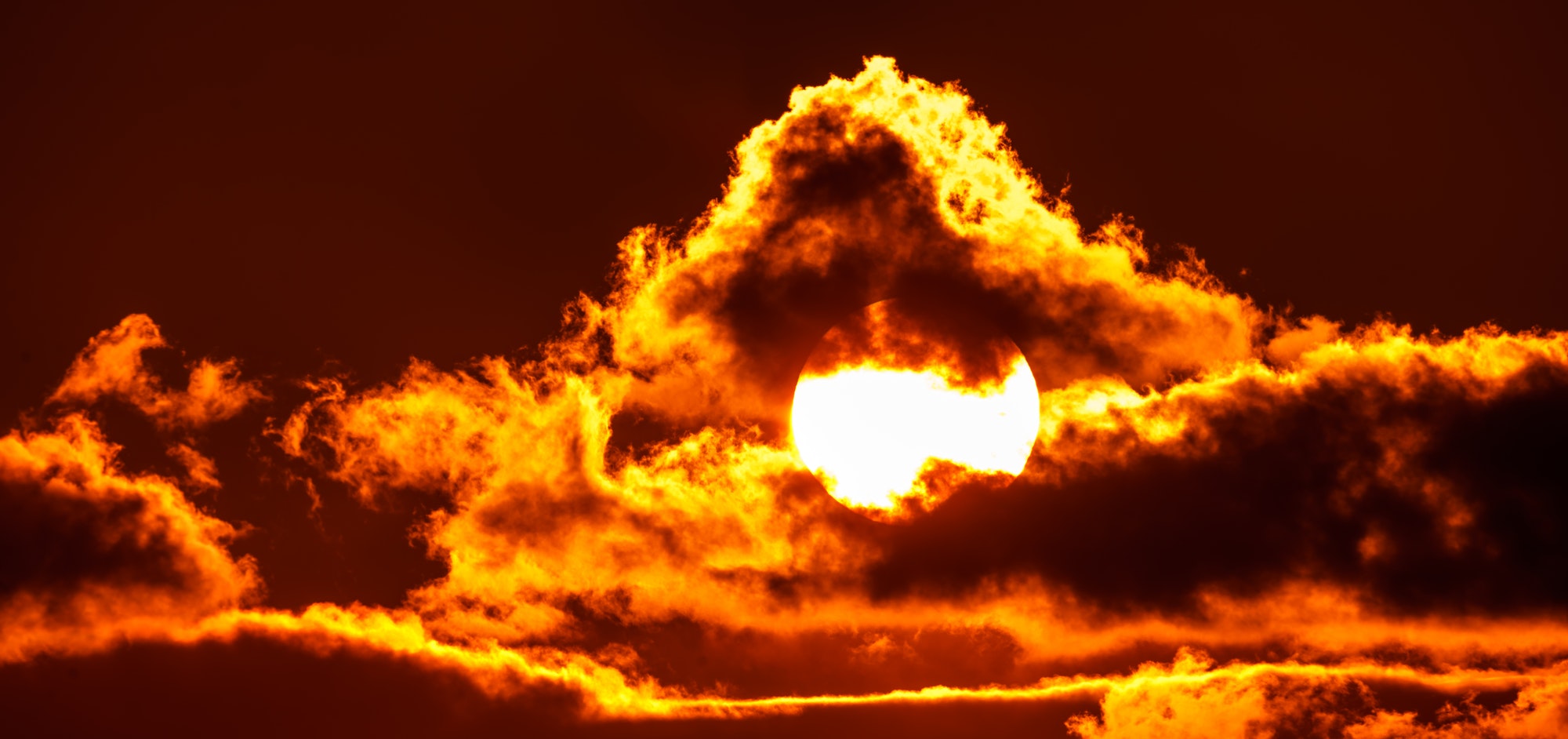
FAQs
Can green lakes be harmful to humans?
While some algae blooms can produce toxins harmful to humans, not all green lakes pose a direct threat. It’s important to monitor water quality and follow local advisories.
Do green lakes stay green year-round?
The intensity of the green coloration can vary throughout the year, often peaking during warmer months when conditions are favorable for algae growth.
Are green lakes only a recent phenomenon?
Green lakes have existed for centuries, but human activities have amplified their occurrence in certain areas due to nutrient pollution.
Can green lakes return to their natural state?
With effective management strategies, it is possible to restore the health and water quality of green lakes by reducing nutrient inputs and promoting ecosystem balance.
What is the significance of green lakes in culture?
In various cultures, green lakes hold symbolic and spiritual significance, often being revered as sacred sites or sources of inspiration for art and literature.

